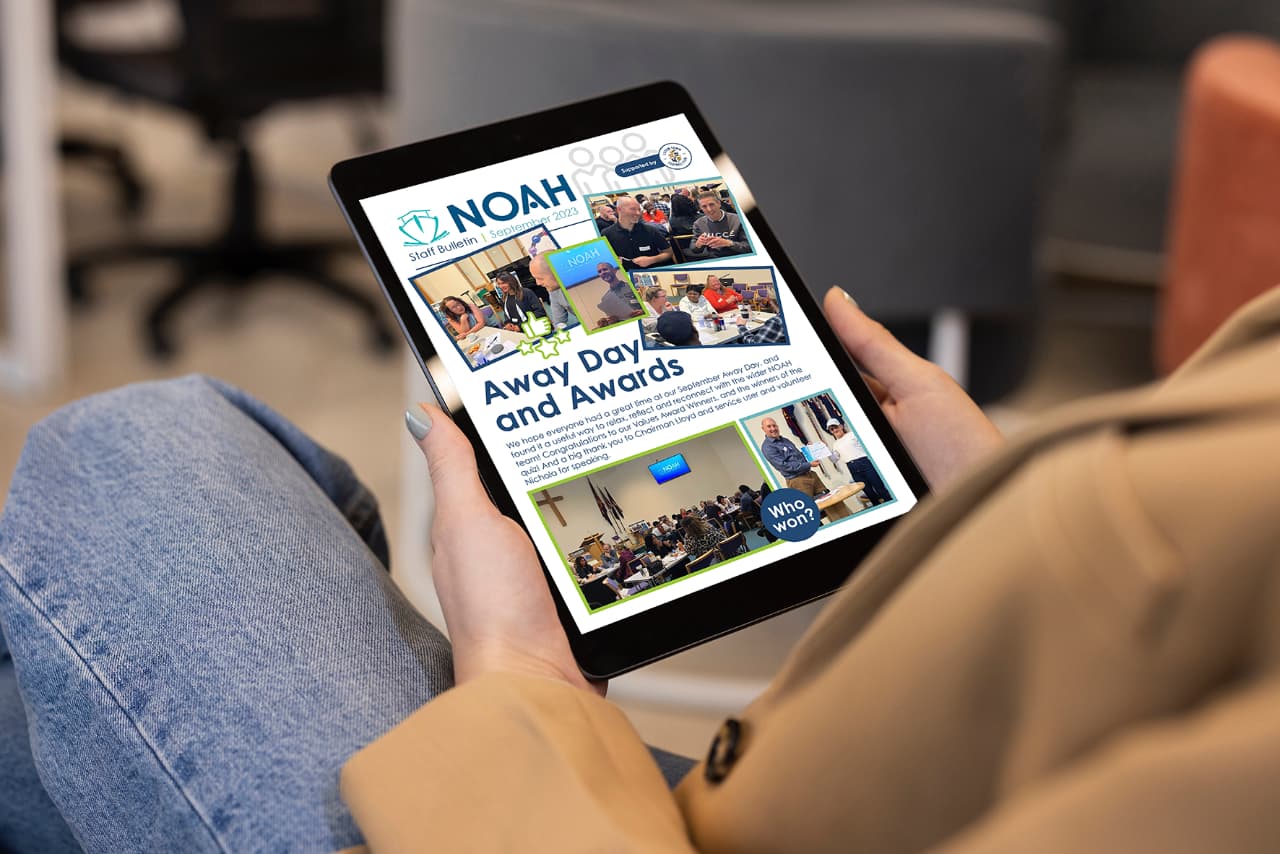Newsletters are a brilliant way of keeping staff and customers updated on the latest news, events and promotions. They are an effective communication tool that can be used to build brand awareness, establish relationships and drive sales. Printed newsletters also give your brand a tangible presence which can add value to your business.
Creating engaging newsletter content is an art in itself and requires a strategic approach in order to be successful. In this blog, we will explore some tips and tricks for crafting compelling newsletter content that captures the attention of your audience.
Know your audience
The first step in creating effective newsletter content is understanding who you are writing for. Setting out your audience clearly will help you to tailor your content, tone and language to best suit their needs. Are you writing for employees or customers? What are their interests, pain points and preferences? By answering these questions, you can create targeted newsletter content that resonates with your audience.
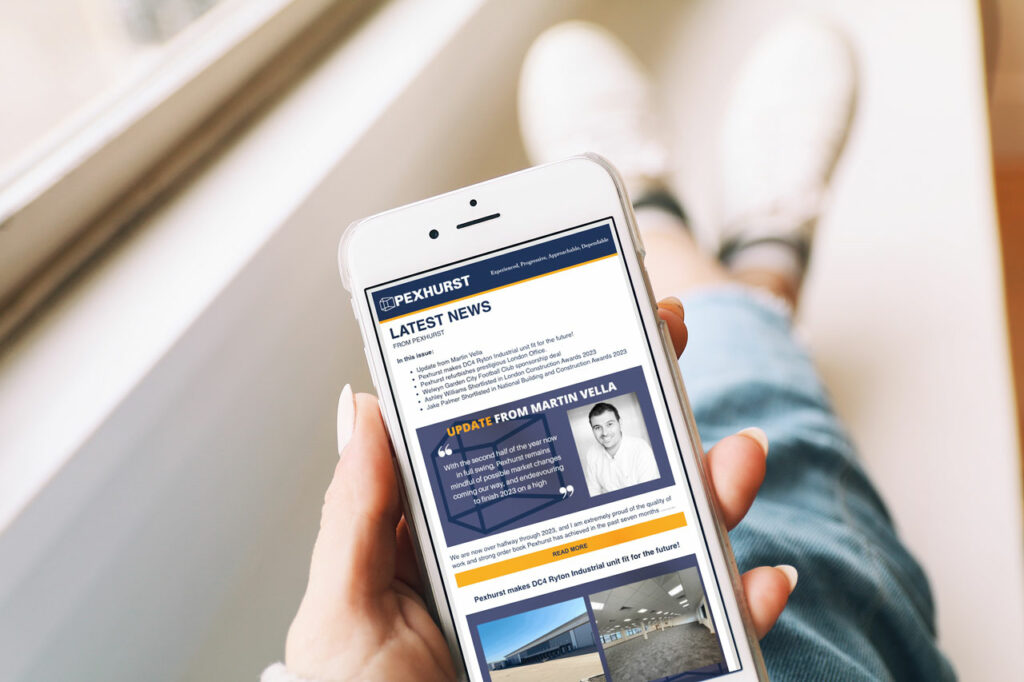

Have a clear timeline to work to
Regular communication is key when it comes to newsletters, so be sure to have a clear timeline for when you will release your newsletters. This could be monthly, quarterly or even weekly depending on your audience and the type of content you are sharing. Having a set schedule not only keeps your audience informed but also creates expectations and anticipation for future newsletters.
A timeline also applies to the creation of the newsletter, once you have set your release timeline out, you can work backwards from this to give yourself deadlines to ensure you hit the release date without any issues. Things to keep in mind when planning in the timeline include:
- Print & delivery lead times – If you are opting for a printed newsletter, find out what the lead times on print production are in advance, as it will impact the date the design itself needs to be signed off. This can be especially true if the newsletter is also being posted/delivered to you.
- Proofing – Plan in time to give the newsletter a thorough proof before sending, allowing for any amends to be made. This can be streamlined by having all of the content checked before it is supplied to the designer.
- Design – Allow your design team enough time to create the newsletter and make any changes needed in a timely manner.
Do your design prep work
As newsletters tend to have regular editions, take the time to get a design in place before you start. This could involve working with your designer to get the design/layout of a printed newsletter predesigned for the first issue, for example. If you are looking at overhauling an existing design, take the time to plan in the switchover instead of rushing the next edition by working on the design and content at the same time.
For digital newsletters, you can get the template in place and tested by using an old edition for example content. The styles being defined before content means you know what you are working towards, however, good designers will be able to adapt the style to new content, so you should view your template as constantly evolving rather than being set in stone.
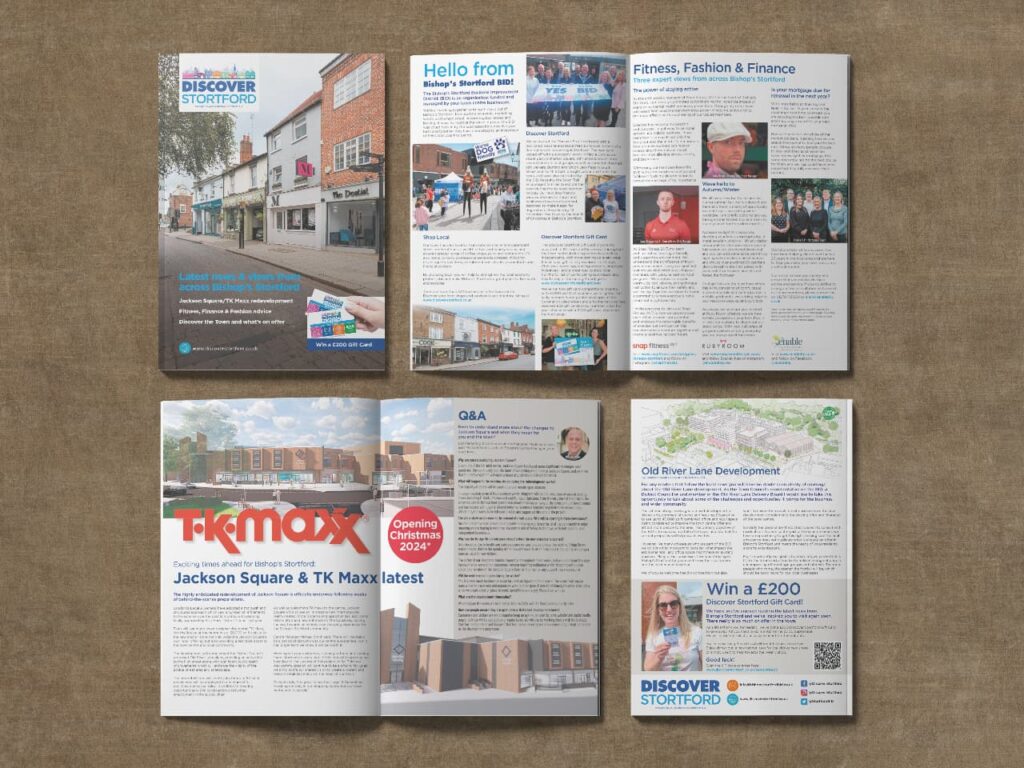
Build workflows
Knowing what’s needed to complete the newsletter will help keep all team members on task, this can help to push the project through, especially if there are tight deadlines. Examples of steps to keep in mind are:
- Internal deadlines for content suggestions
- Proof checking content before it is sent to the design team
- Ensure printer/designers are aware of timelines or any issues so they can advise
- Content is not just the copy, plan in the images required as well
- Have a final review step to ensure everything is in place
With the best-laid plans, things will still go wrong, but keeping communications open between the team will help you adapt and overcome issues. For example, if there is going to be a delay with content, let your designer know as soon as possible, they may be able to adjust their workloads to free up time and prioritise your project when the content is ready.
You might also be able to switch up the workflow to get results in tight deadlines, an example of this was a recent newsletter we created for Kain Knight which had a tight deadline due to an exhibition they were due to attend. To help get the project delivered on time, Chris, our studio manager, worked closely with the client to populate and send over each page in turn. This allowed the client to review the pages Chris had completed while he was working on the next, reducing the time needed to review the entire newsletter once complete.
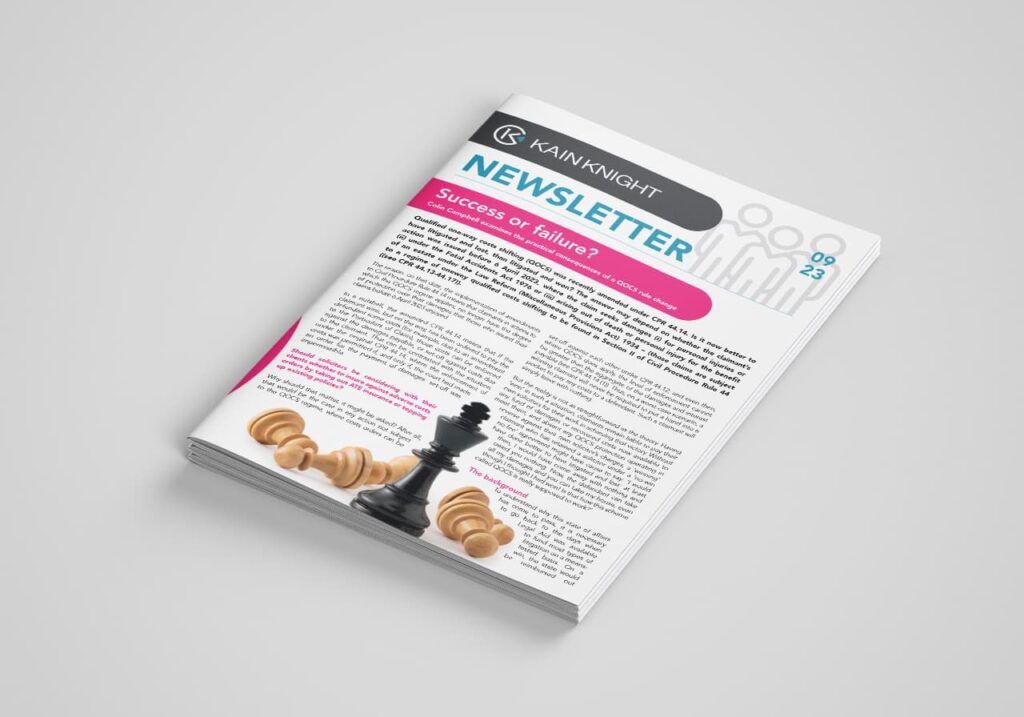
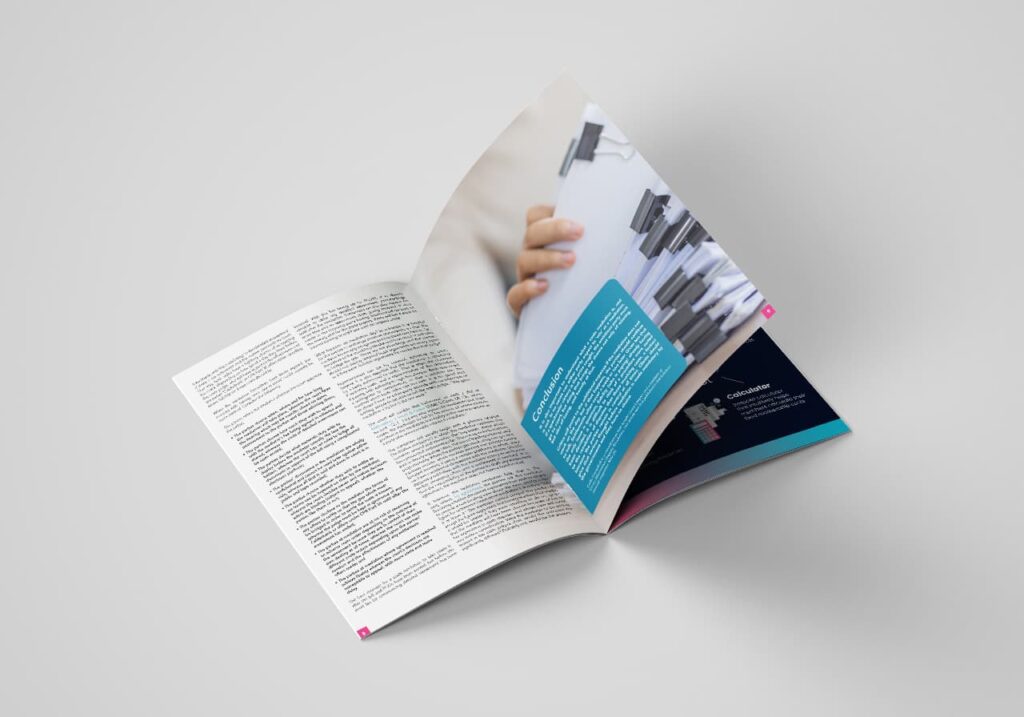
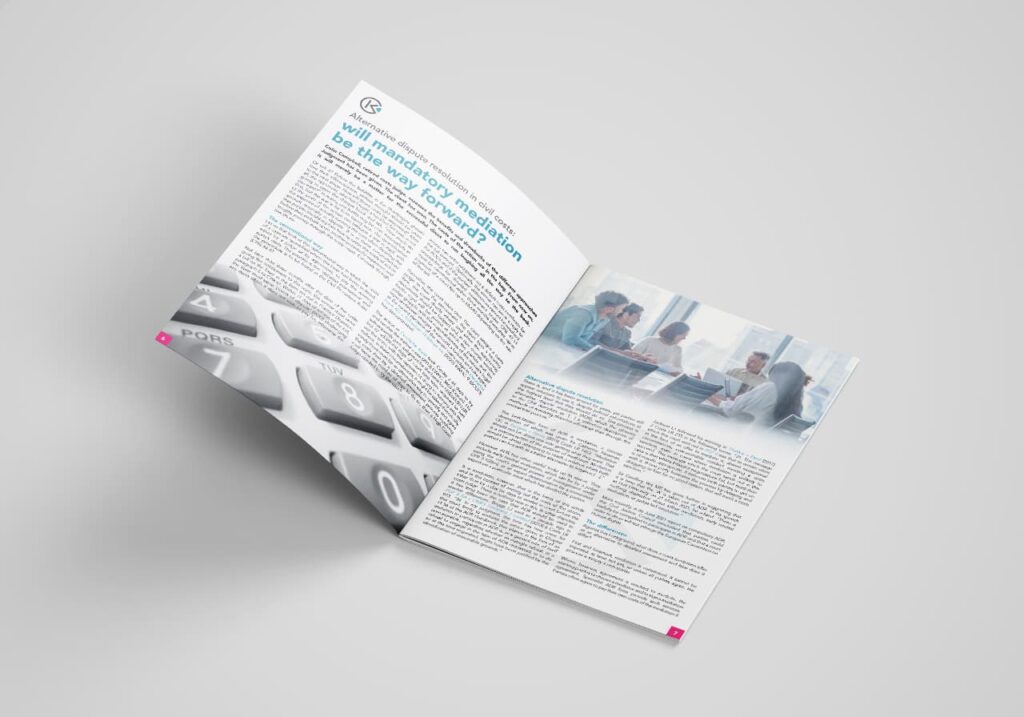
Be open to new tools/ideas
One of the more recent changes we have introduced to our workflows is video calling for feedback, this is as simple as a team meeting or direct call with our designers. This can drastically speed up the time it takes to make amendments and give feedback as everyone is looking at the same thing on a shared screen. If you have new content to add, make sure to send it over before the meeting to ensure the team can work with it during the call.
Other methods of giving feedback digitally include marketing up a PDF proof, for an example of this see ‘Easily provide feedback on design files‘. This is a way of marking up a PDF itself with changes, rather than printing it out and making handwritten notes. This means the designer can copy and paste the content changes you’ve typed up, speeding up the process and keeping it digital.
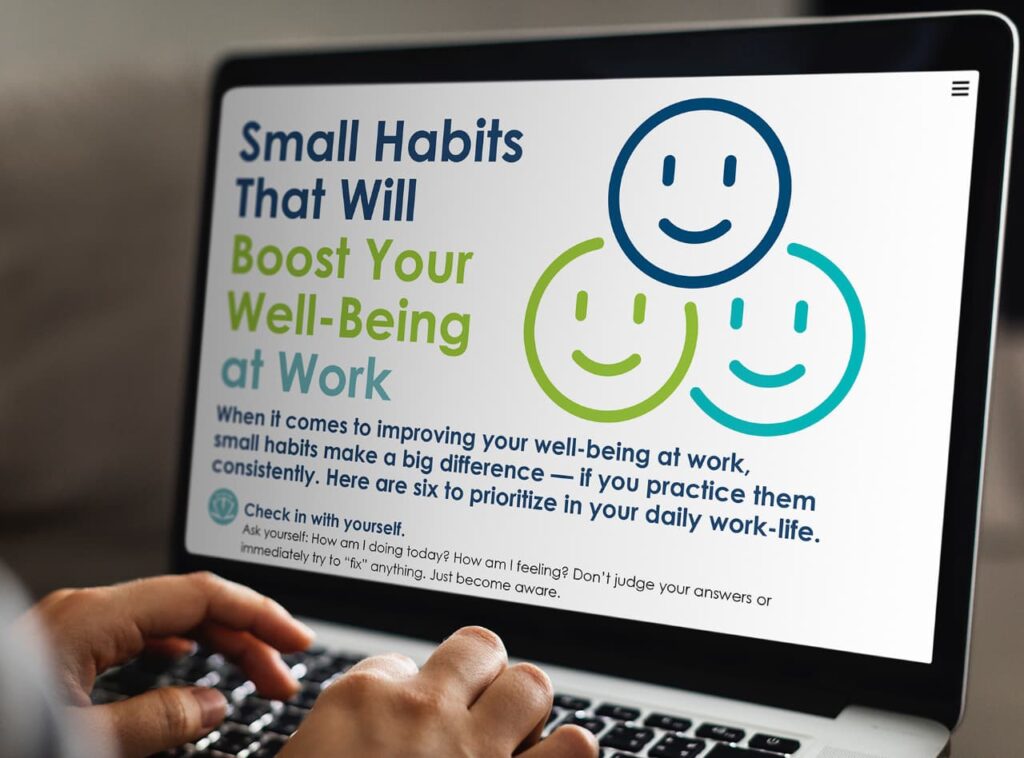
Nothing beats experience and flexibility
An experienced and flexible approach to working hours can help speed up the production. Having a team with experience in producing these documents can be invaluable, they will know the potential pitfalls and have workarounds ready. At Simpsons Creative we keep the core content-creation team consistent as this helps not only with customer experience but also with consistency of tone and style.
The flexibility comment comes down to being able to react quickly when things change or deadlines move, can your team work an extra day to make up the time? Can they work in the evenings or weekends? These are things that may crop up when working on a tight deadline so it’s worth having this conversation with your team before it happens. It can also be down to how flexible you want the design and content to be. If you need to make sure everything is consistent across multiple newsletters, perhaps having a stricter template in place would be best, but if you’d like to experiment with design or content, allow room for flexibility. For example, trying different layouts or graphics. Overall the key is to have a team and processes in place that can adapt to any changes and still deliver a high-quality newsletter on time. So keep this in mind when planning your next newsletter project!

